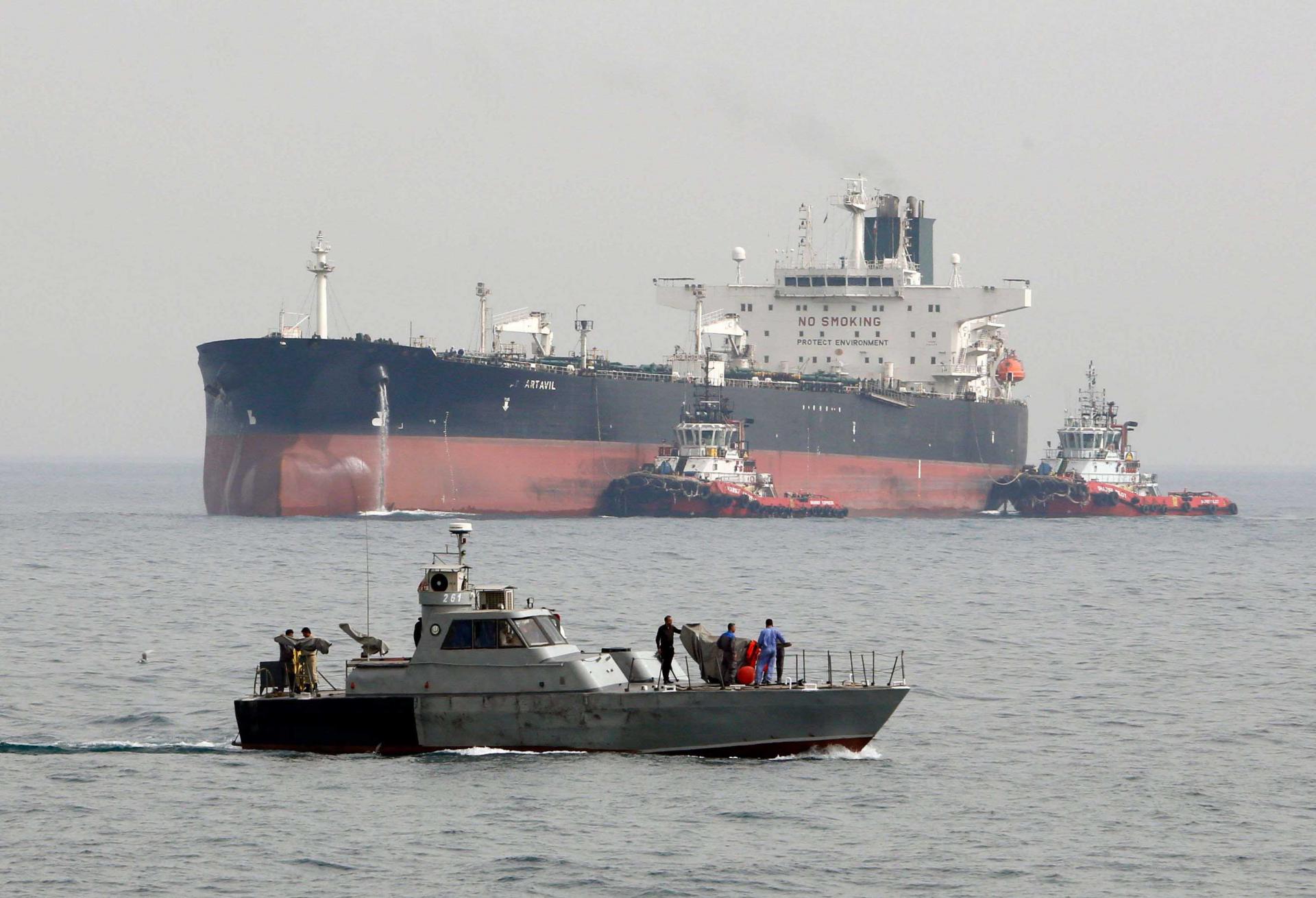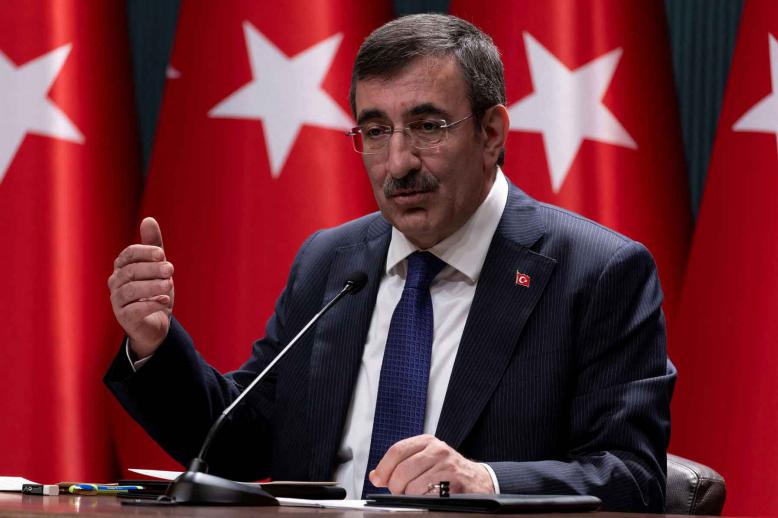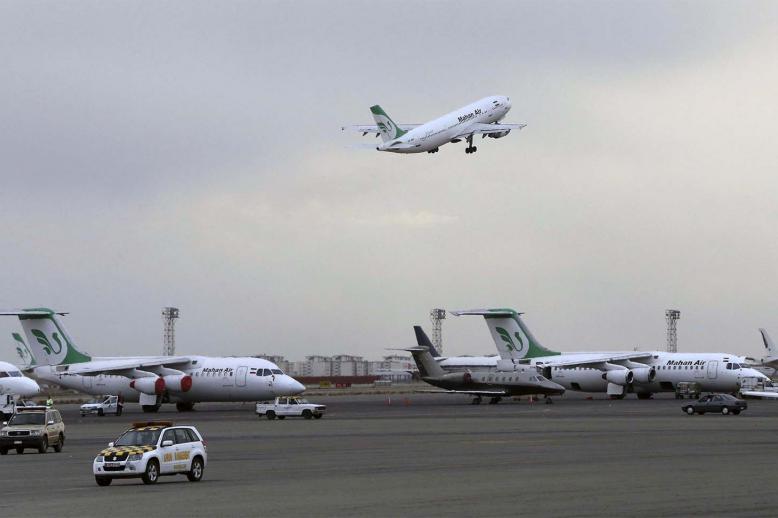Tehran looks for ways to circumvent oil sanctions
Iran and global markets are bracing for the effects of US sanctions, which go into force November 4, targeting Iranian oil exports. Tehran has been placing its oil ahead of the American embargo with help from long-time allies and appears to be employing creative means, including the use of ghost ships, to skirt the sanctions.
One of Iran’s long-standing economic and political backers — China — is playing a pivotal role in aiding Tehran’s oil flow and sales. There are reports that Iranian tankers have been heading towards the Port of Dalian in north-eastern China with more than 20 million barrels of Iranian crude for delivery by early November.
The volumes are significantly higher than the typical 1 million-3 million barrels a month that Iran sends to Dalian. The Chinese port is known for its expansive oil storage capacity and it is probable that the Iranian crude will be stored there for either eventual purchase by China or to be sold to others. Iran stored crude at Dalian during US sanctions imposed on Tehran from 2012-16.
The Trump administration has been aggressively pressing Iran’s customers to stop all crude purchases from Tehran to reach “zero oil imports” or face secondary US economic sanctions. While Washington has had success in convincing some countries to stop buying Iranian oil, it has also suggested that it would provide waivers to select buyers who agree to an ongoing process of reducing the volumes of Iranian oil they purchase.
The US government realistically does not expect total compliance but says that a large enough reduction in Iran’s oil exports will inflict severe economic damage on Iran.
Beijing has refused to abide by the renewed US sanctions and its political and economic clout allows it to withstand US pressure far better than other countries. China, however, has made it clear to the Trump administration that, while it would not stop or cut its oil imports from Iran, it would not increase volumes.
Two reports would suggest that China has caved to US pressure: China’s top state refiner, Sinopec, halved its Iranian crude purchases to about 130,000 barrels per day (bpd) as of September and the Chinese Bank of Kunlun Company — officially used by China for processing payments from Iran — informed clients it would not accept yuan-denominated Iranian payments as of November 1. However, the reports could be cover for Beijing and Tehran as they engage in more covert means to continue Iranian crude flowing to China.
As it did under the previous US sanctions regime, Iran has been storing large amounts of crude in tankers in the Gulf. While such floating storage soared in September, volumes fell in October as shipments were directed to China and India. Iran is perhaps hoping that keeping substantial volumes of oil in tankers that are idling in the Gulf will add to the confusion about the level of its crude exports.
In addition, Tehran has seemingly begun employing ghost ships, an effective strategy it has used in the past to circumvent sanctions. Ship captains are required by international law to keep their transponders on at all times, which provide GPS tracking of their vessels.
There have been instances in the past month that suggest that some Iranian tankers have “gone dark” for days before tracking devices were turned back on, raising speculation that those ships made undetected oil deliveries that deviated from their scheduled destinations. Satellite data reportedly indicate there have been more tankers making deliveries to India, one of Iran’s largest Asian clients, than have been officially reported.
Accounts of the large deliveries of Iranian crude to Dalian, Tehran’s buildup of floating storage and use of ghost ships have made it tough to assess how much of Iran’s crude has been taken out of the oil markets and how much will disappear after sanctions go into effect in November.
Estimates vary widely: The International Energy Agency and the US Energy Information Administration report that Iranian exports have fallen to 1.6 million-1.7 million bpd from 2.5 million bpd. However, TankerTrackers, which uses satellite data and maritime tracking to identify physical oil deliveries, said that Iranian crude exports have dropped to around 2.2 million bpd.
Given Tehran’s experience in subterfuge in evading sanctions and recent tanker manoeuvrings, there may be confusing months ahead as the United States and oil markets work to determine how many Iranian barrels have been removed from global waters.
Jareer Elass is a Washington-based energy analyst, with 25 years of industry experience and a particular focus on the Arabian Gulf producers and OPEC.
This article was originally published in The Arab Weekly.







